The last days in Japan – on Honshu
After returning to Honshu, I found myself in a densely populated area with heavy traffic. I had lost a screw from my front rack. I usually carry spare screws with me, but I hadn’t brought any for this relatively short tour 😉.
Since I was back in a populated area, I quickly found a bicycle repair shop in the next village. The tiny shop, which was exclusively for repairs and not for selling bicycles, was in absolute chaos. Old parts and tools were mainly lying on the floor. I waited outside until a very old man came out. He seemed as surprised as I was. Communication worked well; I just had to show him where the screw was missing. Amazingly, he seemed to find his way around the chaos. He immediately came back with the right screw. I was just able to prevent him from screwing in the screw with a cordless screwdriver, which could have damaged the thread in the frame.
For the next screw, I needed a spacer. Communication was more difficult here. He disappeared into the store again and returned with a nut of the right size and thickness. A pragmatic solution. Since he didn’t want to accept any money for his help, I gave him one of my “women’s cycling guide” stickers. He proudly stuck it on his mailbox right away.
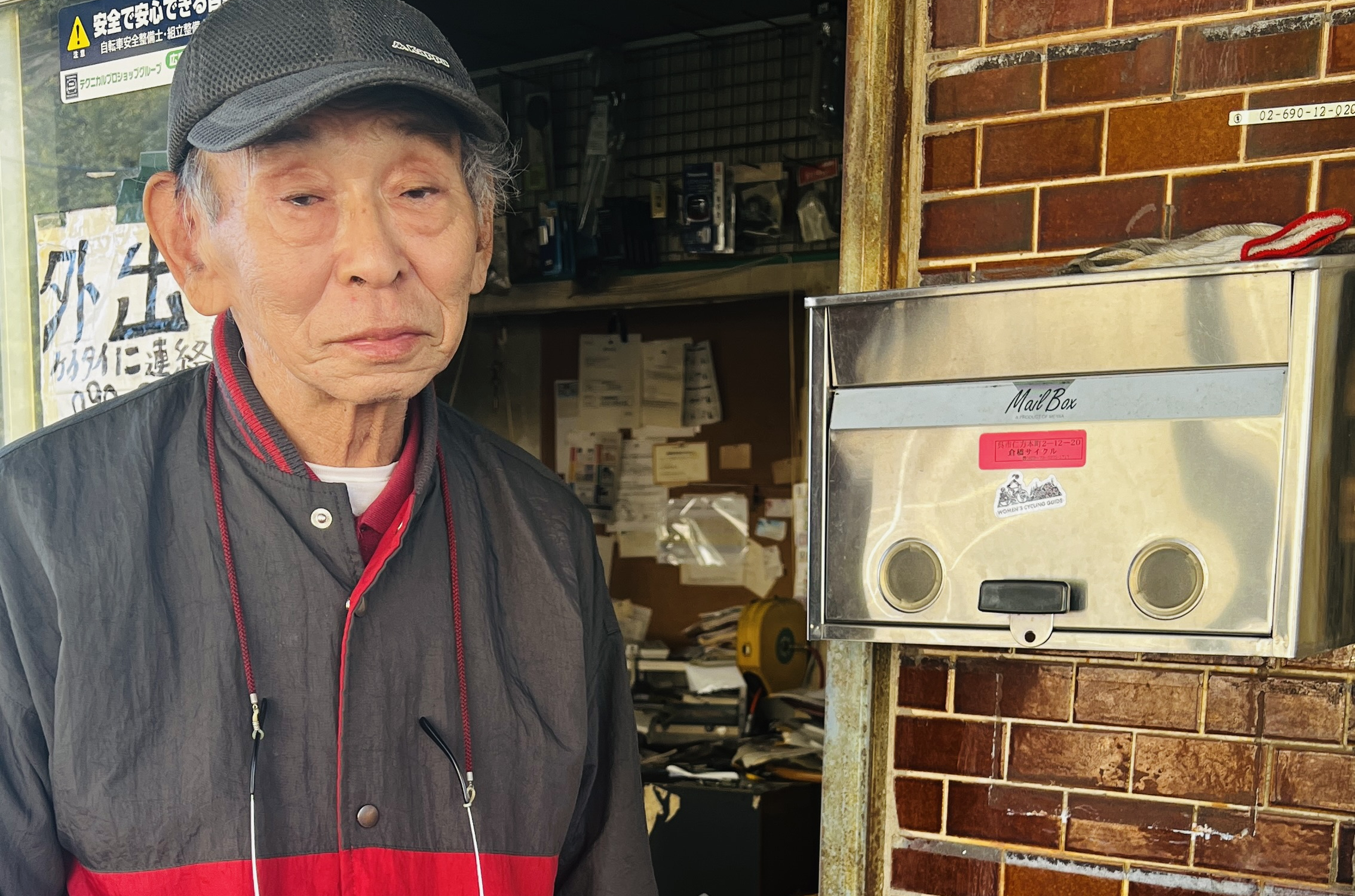
Unexpected hospitality
In the evening, on the outskirts of a town, on a mountain near a sports field, I asked an older man with the help of my “joker” (remember? My Japanese writing about myself) if I could camp there. He said no, but signaled me to wait. He made a phone call, then packed his things and led me to the end of the settlement and along tiny paths through fields, some of which had steps. Without his help, I would not have been able to continue on my way. I had no idea where he was taking me. Finally, we reached houses that had no direct access to the road. One of them was his house. His wife had also just come home; I assume it was her he had called earlier.
The two of them immediately prepared a bed for me. I said (thanks to Google Translate) that I had a sleeping mat and a sleeping bag with me. However, she waved me off and took a futon and blankets out of the closet. Then dinner was prepared.
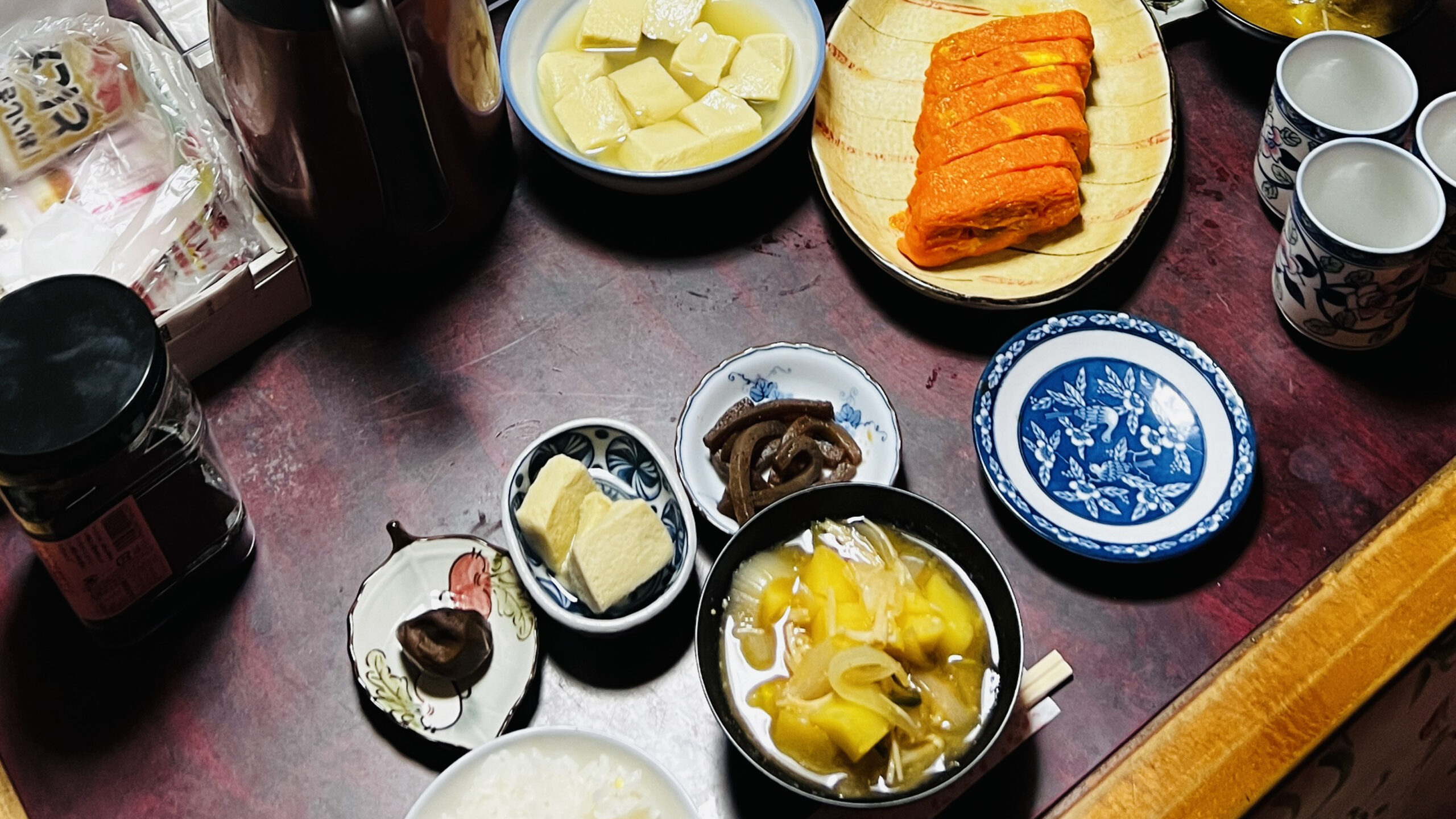
Fortunately, I was asked beforehand what I don’t eat. I can’t eat shrimp or other seafood, no matter how hard I try. During the meal, we had a great conversation thanks to Google Translate, and it was very interesting. It was an evening I could never have imagined at the beginning of the trip.
The morning after: Japanese breakfast and renewed energy
Unfortunately, I can no longer sleep properly in closed rooms, or maybe it was the tea. Nevertheless, I felt rested and was well fortified after the Japanese breakfast. I didn’t even have my coffee, but matcha tea instead. For breakfast, there was no oatmeal, but miso soup, rice with vegetables, tofu, and something that resembled a sweet egg custard. They packed up everything that was left over and stowed it directly in my bags, along with energy drinks. Incredible hospitality and a good foundation for the day ahead.
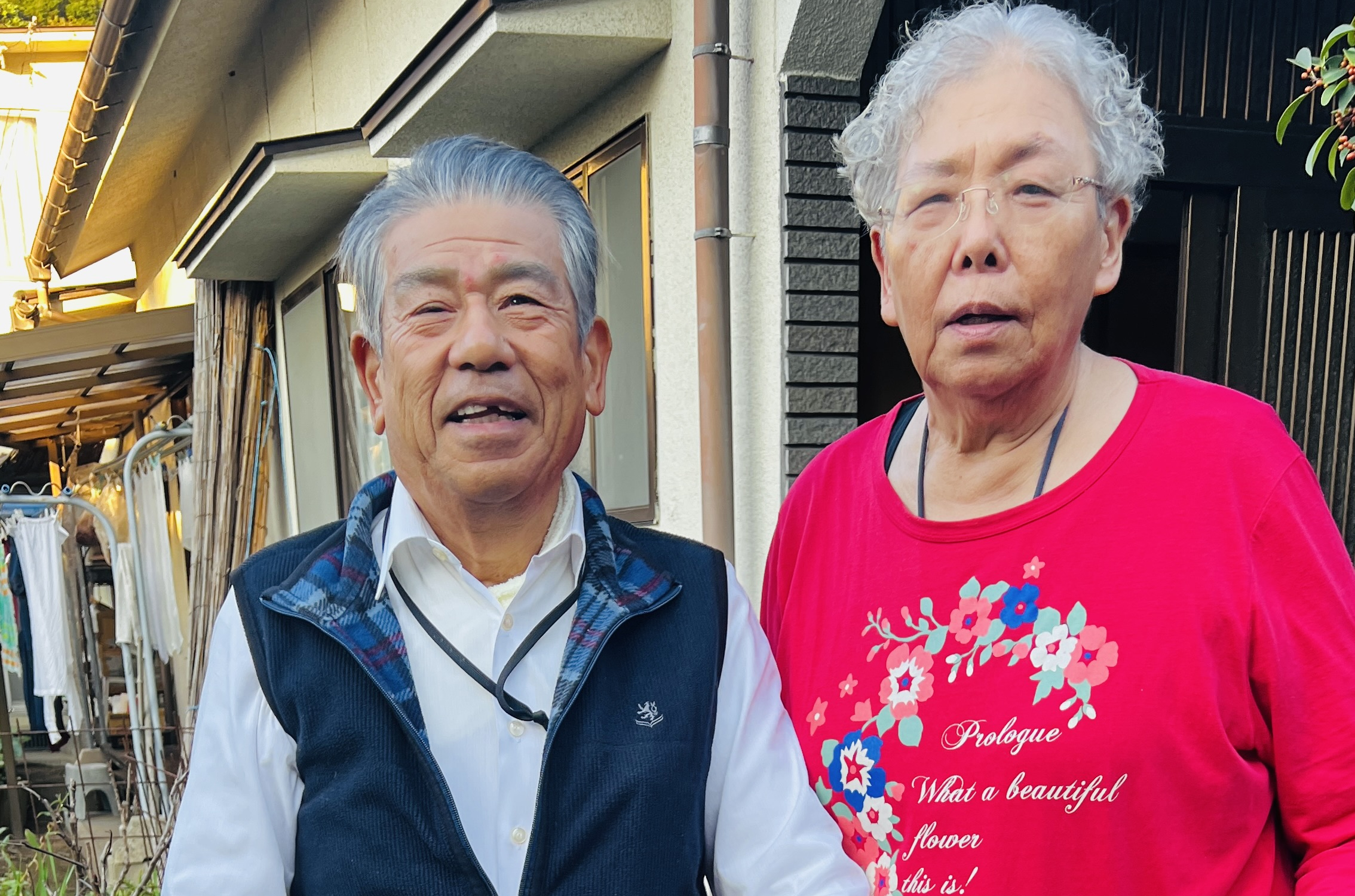
Hiroshima: A City of Remembrance
I continued my journey through urban areas with heavy traffic. Occasionally, I was able to take side roads. First, I reached Hiroshima, now a port city with over a million inhabitants.
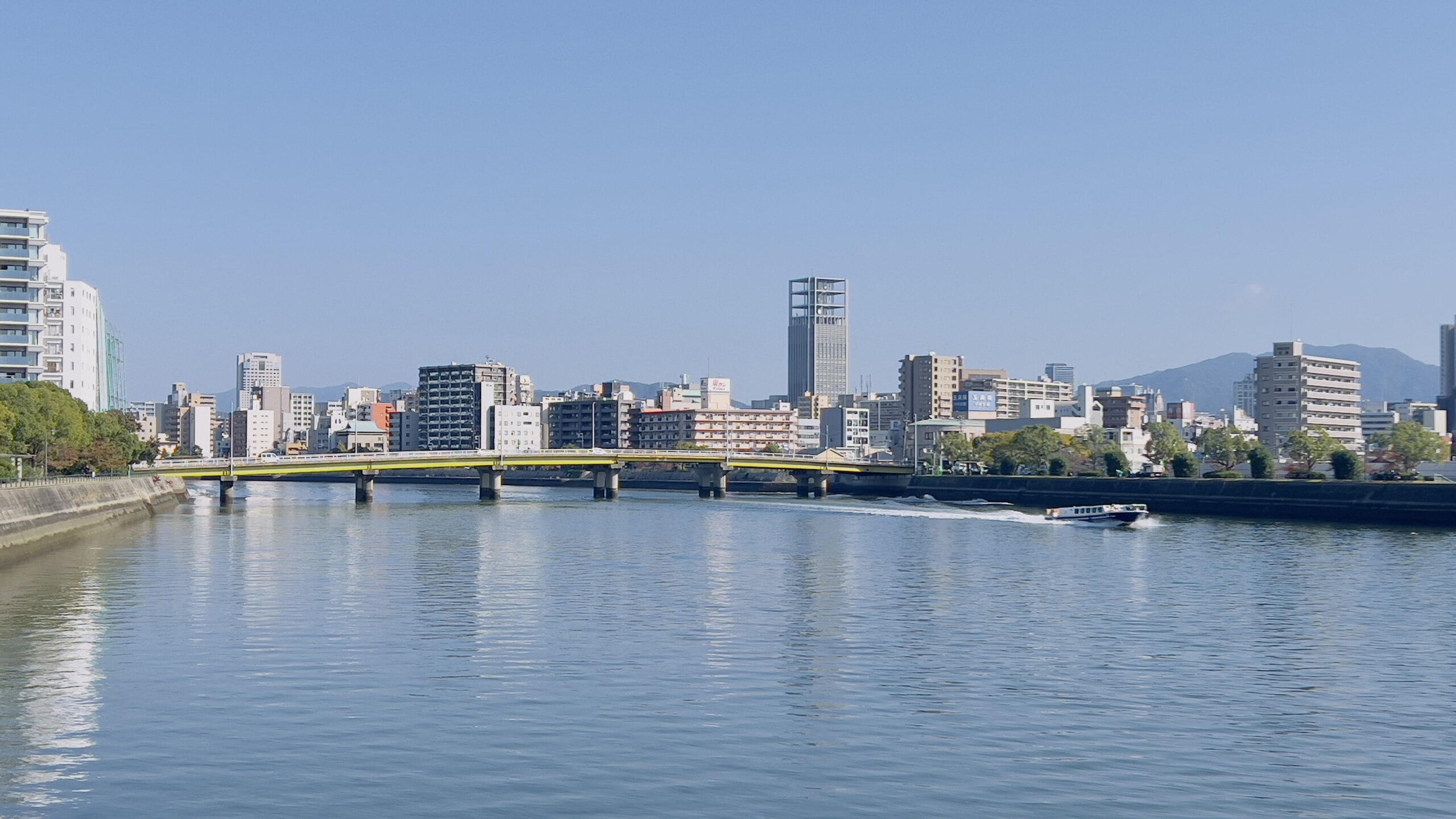
Eighty years later, there is not much measurable radiation exposure from the atomic bomb. Although I usually avoid large cities and tourist attractions, I wanted to at least visit the Peace Park with its monuments.
The park is truly impressive. Many visitors tried to take a photo of the flame of peace through the monument to the deceased victims from the same spot. This resulted in a real scramble, which is unusual for Japan. I did not take any photos of this place. There were not only tourists but also school classes in the park.
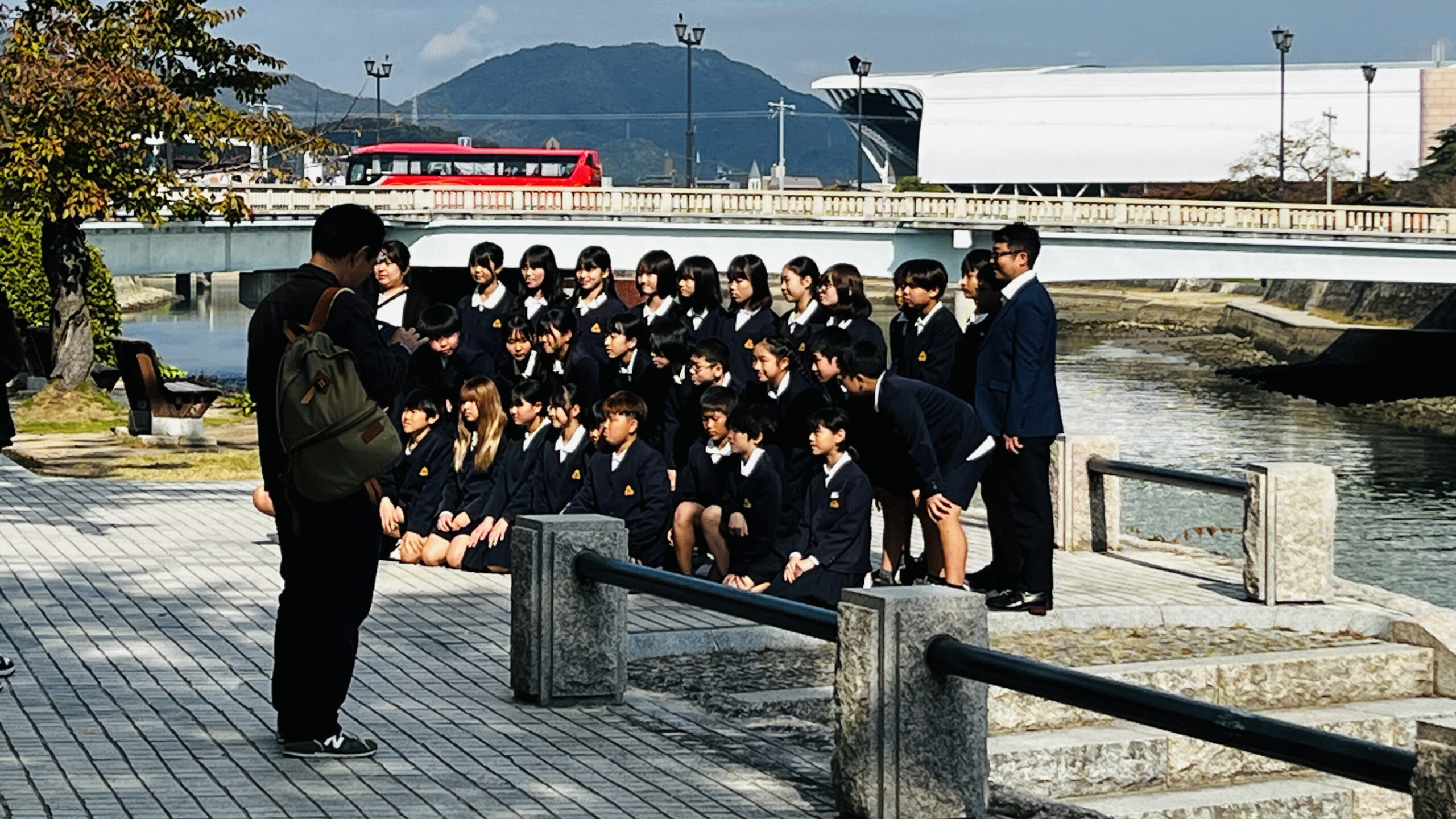
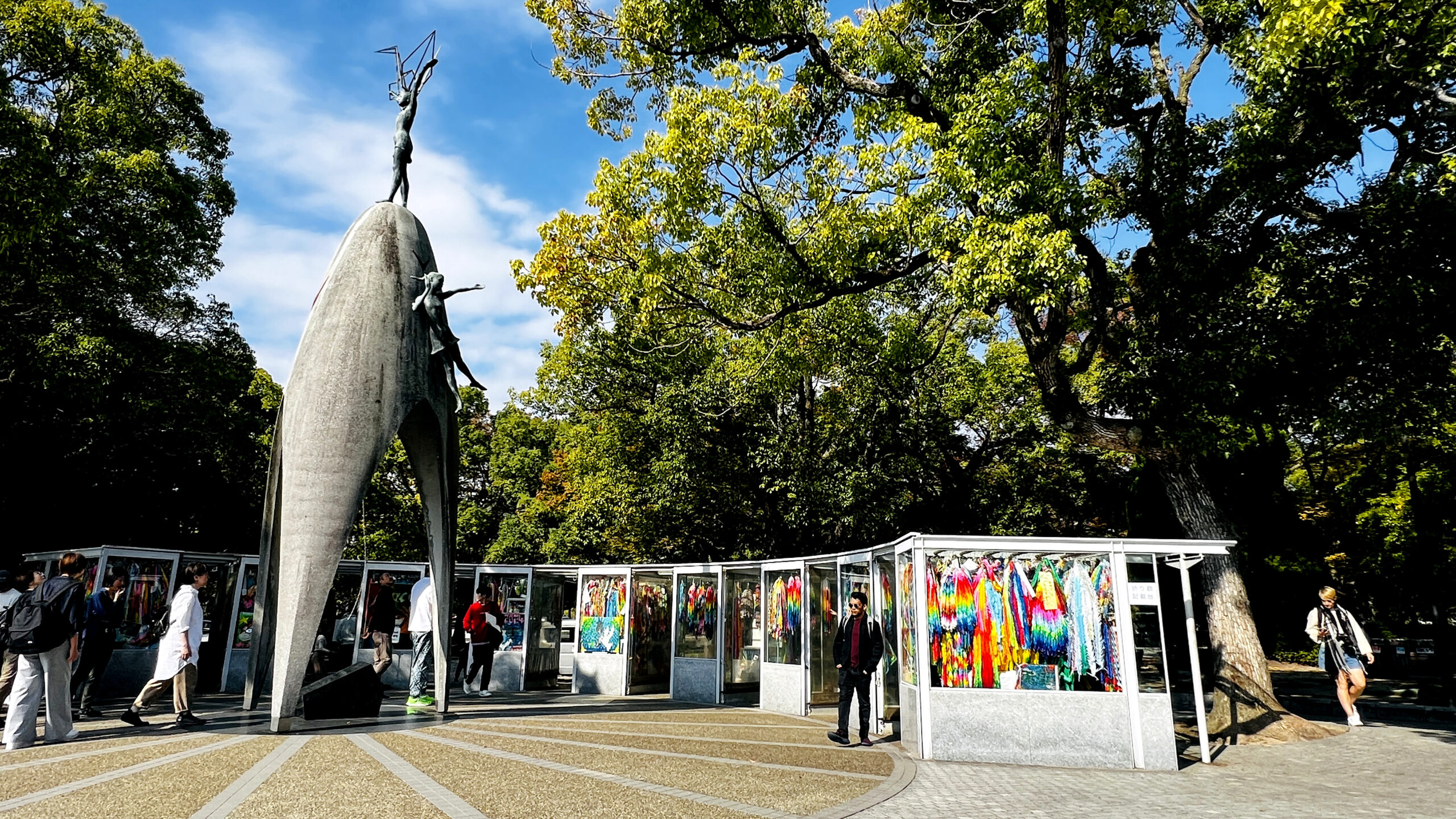
The children sang a song in front of the Children’s Peace Monument. Particularly impressive was the peace monument, the cathedral, which was left standing after the atomic bomb was dropped. This year marks the 80th anniversary of the bombing.
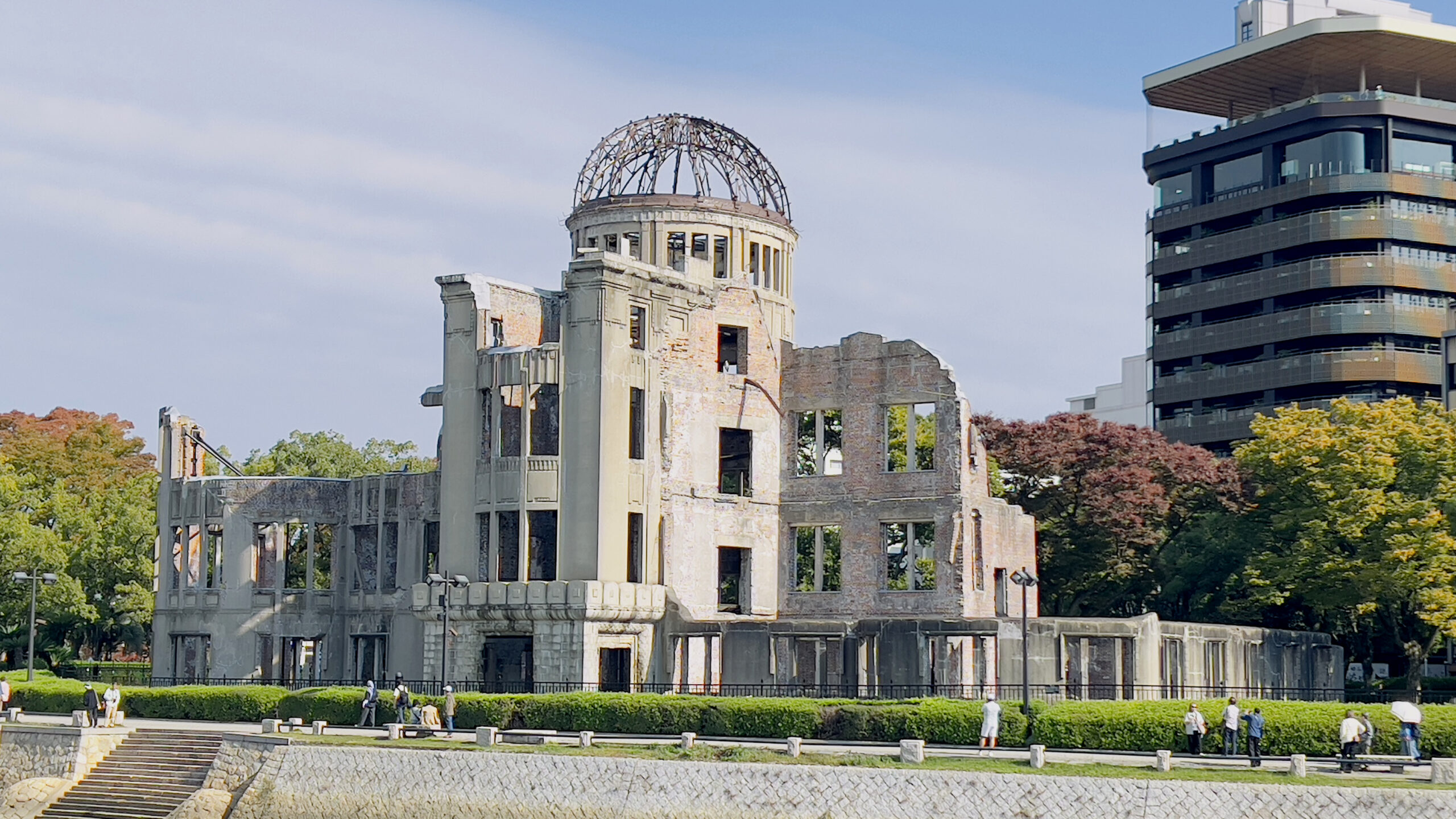
Farewell to Japan: Miyajima and red traffic lights
Then I quickly moved on to the next tourist attraction. I wondered why I was doing this to myself. Next on the agenda was the famous “shrine in the water” on Miyajima.
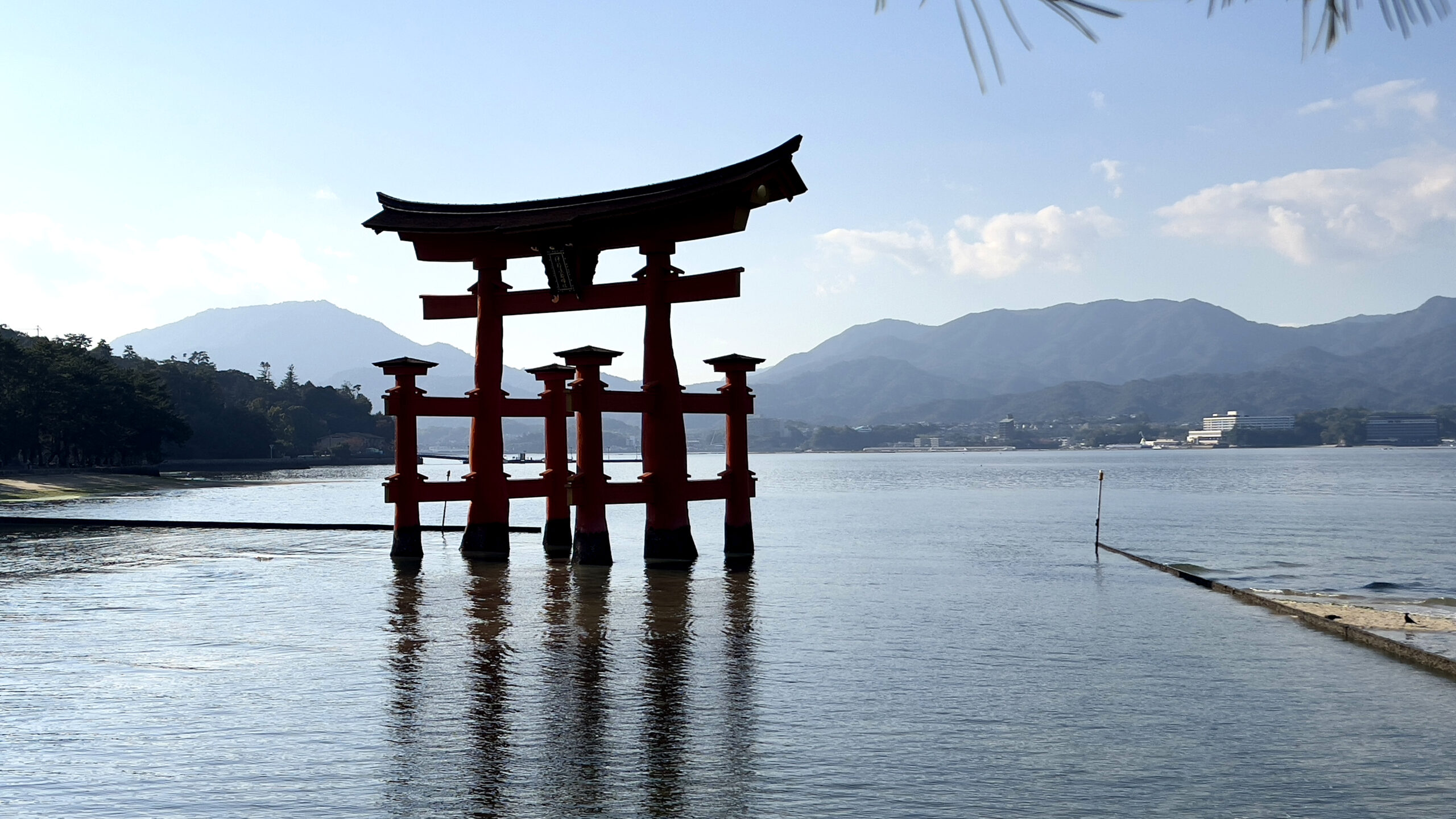
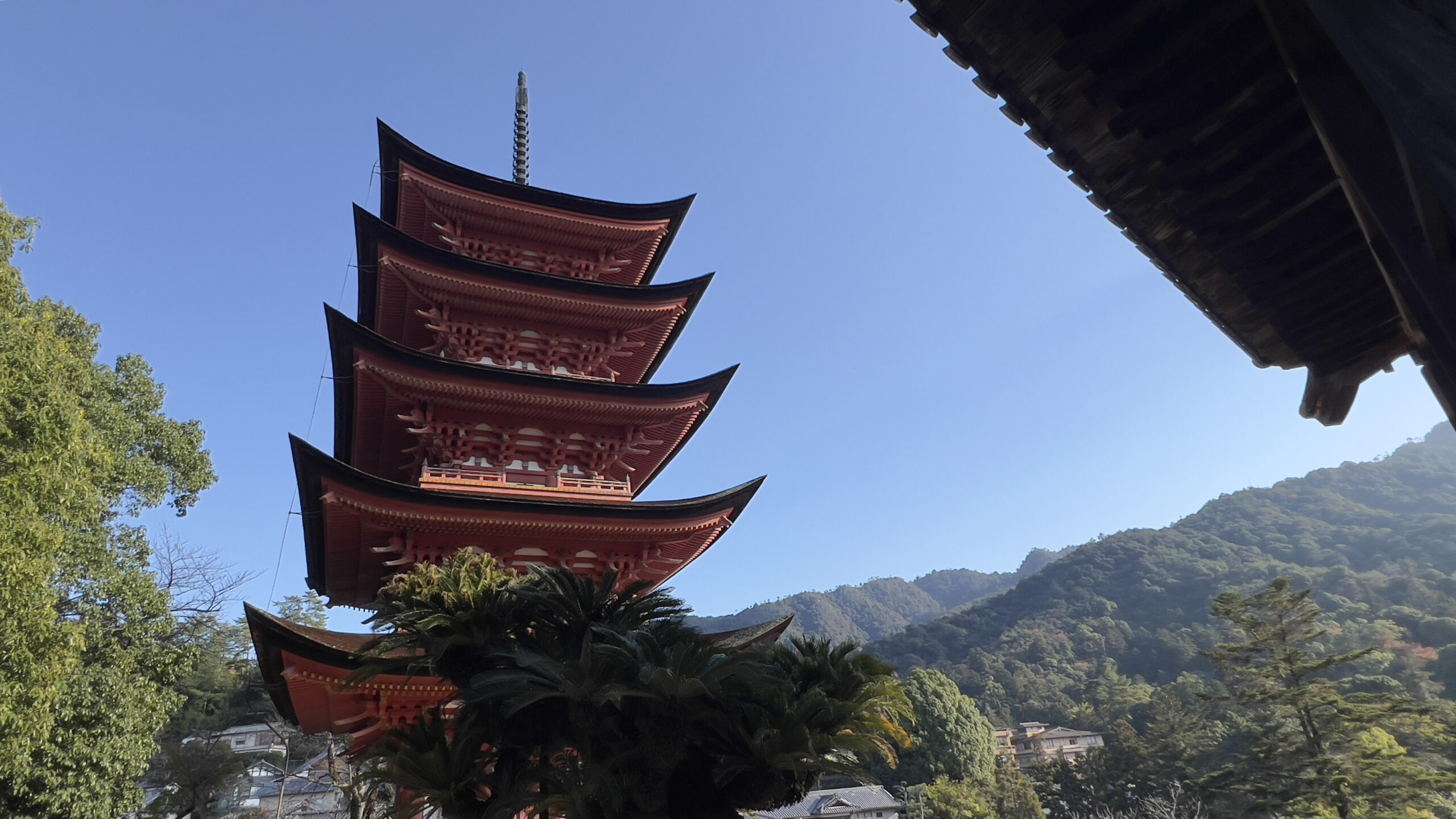
At first, I was told that I could camp on the island. Unfortunately, however, the campsite had been completely destroyed and was closed. There were also an incredible number of tourists and school groups here. I had to leave my bike at the harbor; I wouldn’t have been able to get through the narrow streets with all the people anyway. Half an hour later, I was back at the harbor.
The last two days to Shimonoseki, the ferry port to Busan (South Korea), went as usual: partly along the beautiful coast, partly on busy roads. What I definitely won’t miss are the red traffic lights. I always tell myself, “Stay calm, there’s no point in getting upset; nobody cares.” No Japanese person shows their feelings in public; they take everything calmly. I’ve even started doing stretching exercises and taking at least one sip of water every time. But after the fifth red light within 500 meters, my tranquility was gone.

My ferry left on Friday evening. I had booked a women’s cabin; eight women fit into the room, which is only furnished with thin mattresses. I had actually planned to visit an onsen beforehand to wash myself properly. Unfortunately, I didn’t get around to it. How great was my joy and surprise when I discovered that there was also an onsen on the ferry! Luckily, I discovered it right away and went in before everyone else boarded and the onsen was full. I will miss the onsen in South Korea.
After 2.5 months in Japan, I am excited to visit a new country. Next time, you will find out how my trip to South Korea went.
If you have any questions about my travels in Japan, feel free to write them in the comments!
